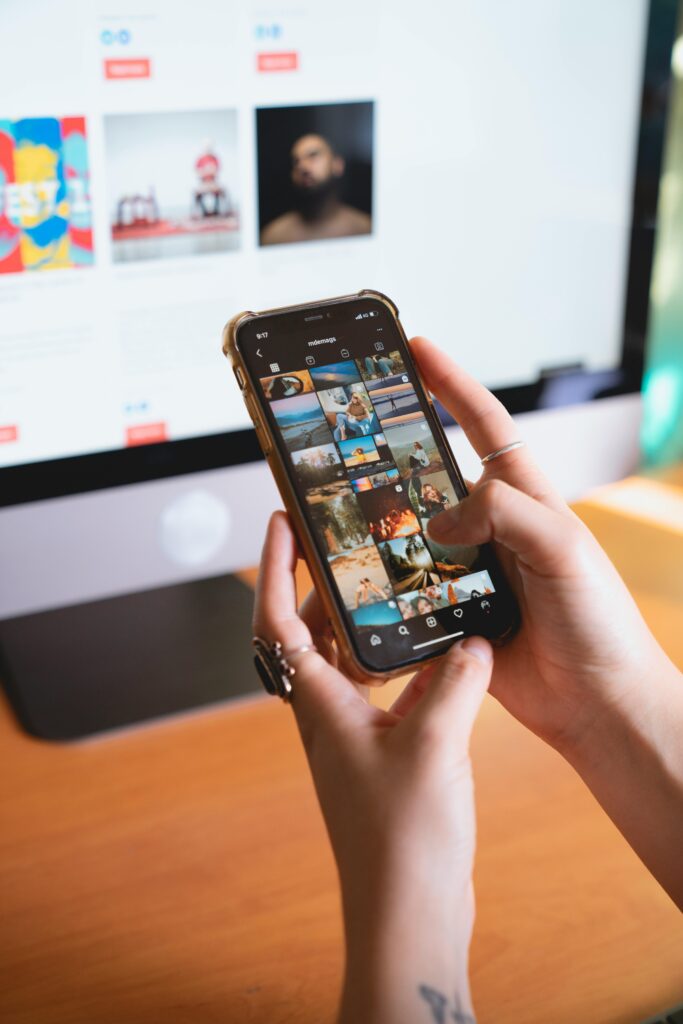 Public radio stations are built on storytelling. It’s what they do best, capturing moments that matter through authentic voices, powerful production, and emotional connection that listeners trust. But on digital platforms, audience behavior is different.
Public radio stations are built on storytelling. It’s what they do best, capturing moments that matter through authentic voices, powerful production, and emotional connection that listeners trust. But on digital platforms, audience behavior is different.
People aren’t tuning in, they are scrolling. They are evaluating content in seconds, skimming headlines, tapping through videos, and making split-second decisions about what’s worth their time.
The challenge (but also the opportunity!) for stations today: Take the storytelling skills that already set you apart and adapt them for a fast-moving digital world.
Four tips to translate public radio’s storytelling superpower into digital content that engages and drives action:
1. Lead with emotion
Emotion is the hook. Information is secondary and builds trust. Craft your content around what people feel: joy, curiosity, nostalgia, empathy. Whether it’s a short interview clip, a local story or a music performance, prioritize the emotion first to grab attention. The informational context can follow.
Ask before posting: What will someone feel in the first 3 seconds?
2. Long-form < short-form
Your station already produces valuable content for digital: long interviews, performances, community stories. Social is the place to translate the long-form content you already have into snackable storytelling like:
- Short clips
- Quote graphics
- Reels/TikTok snippets
- Carousel recaps
Make the most compelling moment the star, not the full backstory. Give them just enough to want more.
3. Bring your sound to social
Audio is public radio’s signature strength, yet generally wildly underutilized on social.
Pair sound with:
- Performance clips
- Transcripts + graphics
- Archival footage
- Simple B-roll that supports the story
Your sound builds brand recognition; use it outside of the airwaves to build connections on social spaces.
4. Make the ‘ask’ a part of the story
Your call to action shouldn’t feel like a commercial interruption. It should feel like a natural continuation of the story you’re telling.
Examples:
- “Hear the full performance on YouTube”
- “Read the full story on our site”
- “Listen live to support more moments like this”
The invitation should never pull your audience out of the narrative, it should move them forward.
Summary
Public media content is rich, meaningful and trusted. When packaged as storytelling for socials, with emotion, speed and a clear next step — you’re not just chasing engagement metrics but you’re bringing public radio’s mission into the future.
Social media isn’t the new frontier anymore, it’s where your community already spends most of their time. Public radio belongs in that feed and your stories are built to thrive there!

Leave A Comment